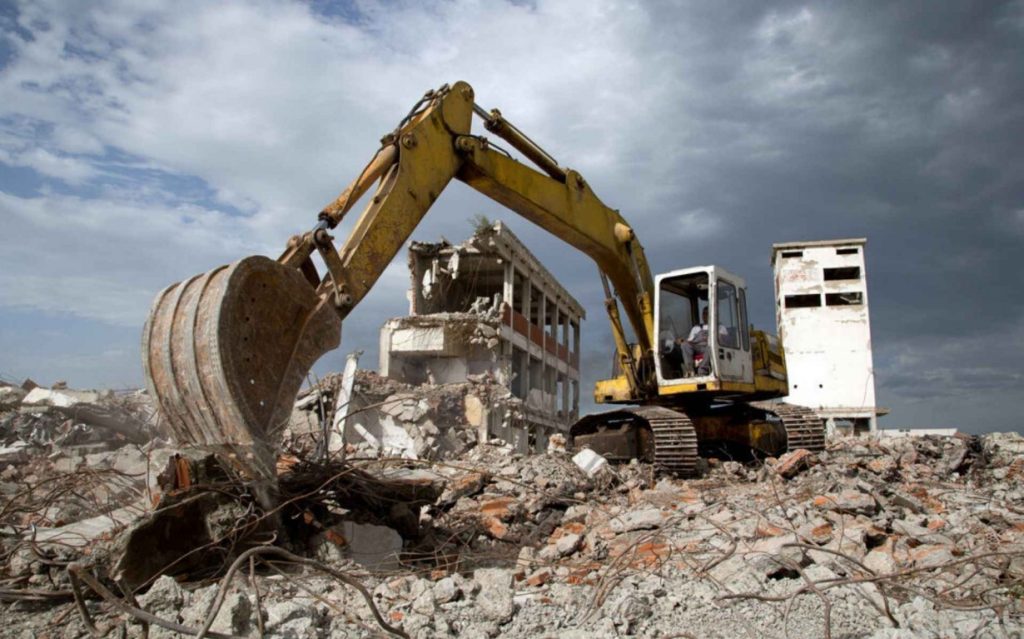With the rapid growth of urbanisation, Indian cities are constantly undergoing construction to accommodate increasing populations. As a result, managing construction and demolition (C&D) waste has become a pressing concern. This blog explores the issue of construction waste management, its environmental impact, and the steps required to regulate it effectively.
The Growing Challenge of Construction Waste
Indian cities are witnessing an unprecedented rise in construction activities. From residential complexes to public infrastructure like bridges, hospitals, and transportation systems, the scope is vast. Older infrastructures, once outdated, are demolished to make way for newer, taller, and more sophisticated buildings. However, this rapid construction generates substantial C&D waste, which includes asphalt, cement, wood, glass, and metals, alongside debris like tree stumps and rubble.
Studies estimate that in India, around 165 to 175 million tonnes of construction waste are generated annually. At any given construction site, 30% of the total materials delivered turn into waste. Managing this vast amount of debris is critical to preventing environmental harm and ensuring sustainable development in urban areas.
Regulatory Framework for Waste Management
In 2016, the Ministry of Environment, Forest, and Climate Change introduced the Construction and Demolition Waste Management Rules. These rules defined C&D waste and outlined the responsibilities of waste generators and urban local bodies (ULBs). Waste generators must collect, segregate, and store C&D waste properly, ensuring it is either delivered to local collection centres or handed over to authorised facilities. ULBs are responsible for creating disposal guidelines, educating the public, and facilitating waste management with private operators.
The rules also encourage the reuse and recycling of construction materials. Wood, cement, and bricks, for instance, can be reused or recycled for future projects, reducing the burden on landfills. However, hazardous materials like asbestos and lead-acid batteries require special attention and scientific disposal.
Environmental Impact and the Need for Effective Disposal
Improper disposal of C&D waste has far-reaching consequences. Developers often dump waste along riverbanks to save costs, leading to narrowed water bodies and exacerbating the risk of urban floods. During heavy rainfall, reclaimed lands along riverbanks, built with this waste, pose a severe threat to human lives, as witnessed during floods in Pune. The illegal disposal of waste not only endangers city landscapes but also affects ecosystems.
Despite regulations, many cities in India lack proper waste recycling facilities. Experts warn that recycling C&D waste is essential to prevent further environmental disasters. The government’s guidelines for flood lines and prohibitions on construction within certain zones have been largely ignored, further complicating waste management.
Conclusion
As cities expand, managing construction and demolition waste effectively is crucial for sustainable urban development. The enforcement of regulations, investment in recycling facilities, and a collective effort to curb illegal disposal practices are essential to mitigate environmental risks and ensure a safer urban future. Get updates on the issue through a series of informative articles on our website.





Comments